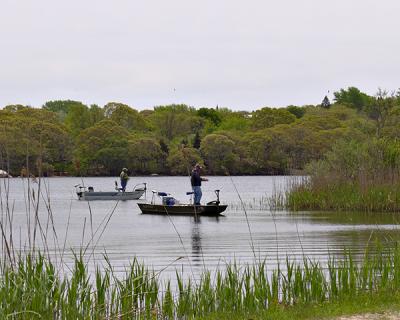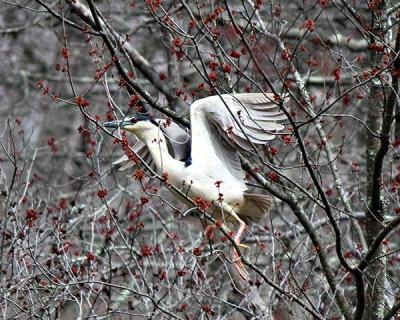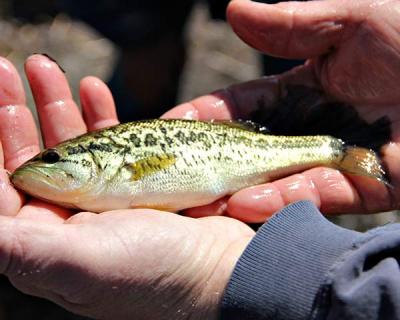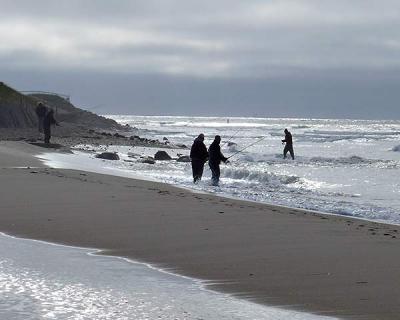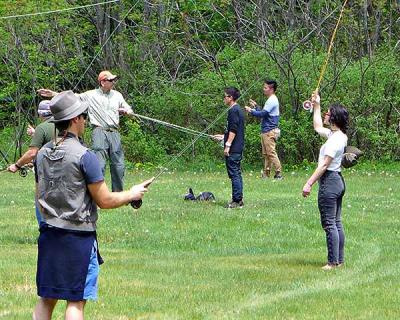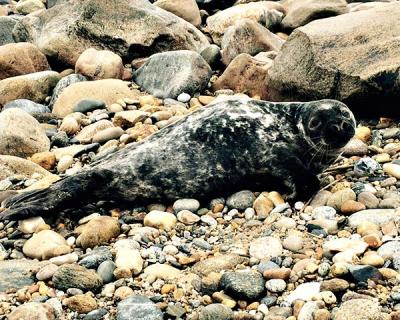Water Safety
Water Safety
The East Hampton Volunteer Ocean Rescue Squad in a flier wants it known that this week, beginning on Sunday, is National Beach Safety Week, and, in keeping with the theme, has provided the following desiderata:
“Learn to swim — promote the Y.M.C.A. and the junior lifeguard programs.”
“Swim near a lifeguard.”
“Swim with a buddy.”
“Check with the lifeguards as to daily conditions.”
“Obey posted signs and flags, and know your location for 911 calls.”
“Keep the beach and water clean.”
“Learn rip current safety.”
“Enter water feet first.”
“Wear a life jacket when appropriate or mandated.”
“Use sunscreen and drink water.”

